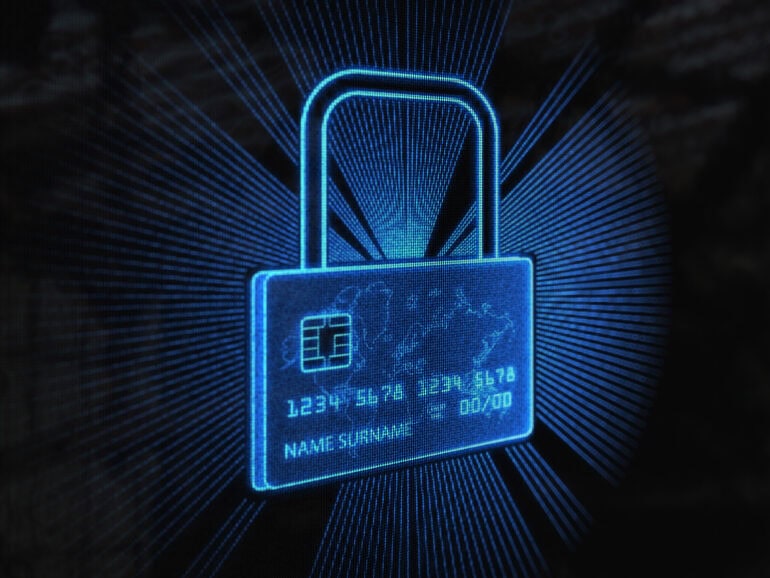Mastercard’s plan to remove card numbers from its debit and credit cards by 2030 has sent many in the global community into a tailspin.
The company has pitched to eliminate the 16-digit number assigned to every issued card and replace it with tokenisation and biometric authentication.
The move has been suggested as a strategy to reduce identity theft and the fraudulent use of those cards.
According to the ABC, the first roll out will occur through a partnership with
AMP Bank. However, other banks are expected to follow in the coming 12 months.
The move has raised concerns regarding the storage of the biometric data, and whether this could be a step toward the elimination of credit cards altogether.
This isn’t the first time Mastercard has attempted to blend biometrics and payment services. In 2022, the company introduced the use of gestures, such as a wave and smile, as a payment-enabling transaction at the checkout.
In Friday morning’s episode of the Briefing, Helen Smith is joined by Gary Mortimer, a professor of marketing and consumer behaviour at the QUT Business School, to discuss the move by Mastercard, and what this could mean for the way consumers shop.
Stay up-to-date on the latest news with The National Briefing – keeping you in the loop with news as it hits:
The proposed mechanism for payment will involve a biometric plate located next to the chip on a credit card. To enable payment, a consumer will have to place their thumb on the biometric plate to authorise the payment.
“What that will do is prevent someone from stealing your card out of your wallet, and making purchases under $100, where you don’t actually need a key and a PIN number,” Mortimer says.
Almost $900 million was stolen from Australian consumers last year through credit card fraud. The implementation of this identity-confirming technology is intended to reduce these fraudulent transactions, and the cost to consumers and business.
In the slew of data breaches that swept through Australia in the past couple of years, credit card numbers and payment details were exposed. Biometric-payment models are argued to be solutions for card-less fraud and reduce the damage during data breaches.
However, questions have been raised around the security of consumers’ personal data, particularly the method and protection of storage by the banks.
“Banks will hold that data, I would imagine, rather than credit card providers. But of course, like any data, it’s susceptible to breaches as well,” Mortimer says.
The transition has also raised concerns for older consumers who are already struggling with a cashless retail transition.
As payment technology and retail spaces continue to evolve, many industry leaders are considering what a card-less future could look like for consumers.
We’ve talked for a long time about a cashless society. Ultimately, I think that’s exactly where we’re going to go. Most people today will simply tap and go on a credit card. Over 54 per cent of transactions in 2024 were done using digital payments on your smartphone. You simply tap your smartphone and go.”
